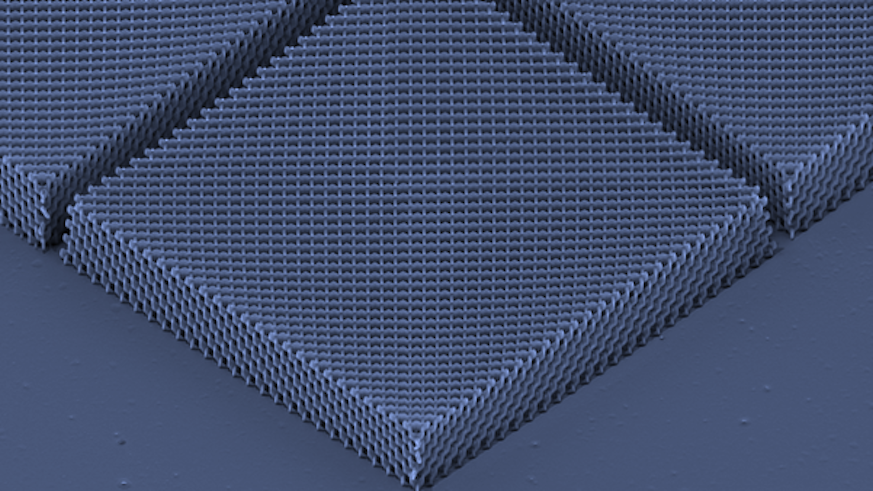A breakthrough in 3D magnetic nanostructures that could transform modern-day computing
22 June 2021

A team led by Dr Sam Ladak from the School of Physics and Astronomy has used the Hawk supercomputer in research that opens up the possibility of harnessing magnetic charge to store information in dense 3D lattices.
A team led by scientists at Cardiff University have created the first ever 3D replica of a spin-ice material using a sophisticated type of 3D printing and processing. The group was able to fabricate a 3D magnetic lattice using specialist printing technologies and associated processing, with magnetic force microscopy then used to image defects that behave like magnetic monopoles upon the lattice surface.
Using the NMAG software application, Hawk was used to calculate the energy of monopole states. This enabled the researchers to show that the formation of monopoles on coordination two vertices, upon the surface, is a high energy process, as opposed to the bulk with coordination four vertices. By inputting the energy values calculated using NMAG into specialist Monte-Carlo software, written by scientists at Los Alamos, the group was able to reproduce these experimental results.
Recently published in Nature Communications , this study opens up the possibility of harnessing magnetic charge to store information in dense 3D lattices, an outcome that could transform modern-day computing. More details of this research is available in a recently published University news item.